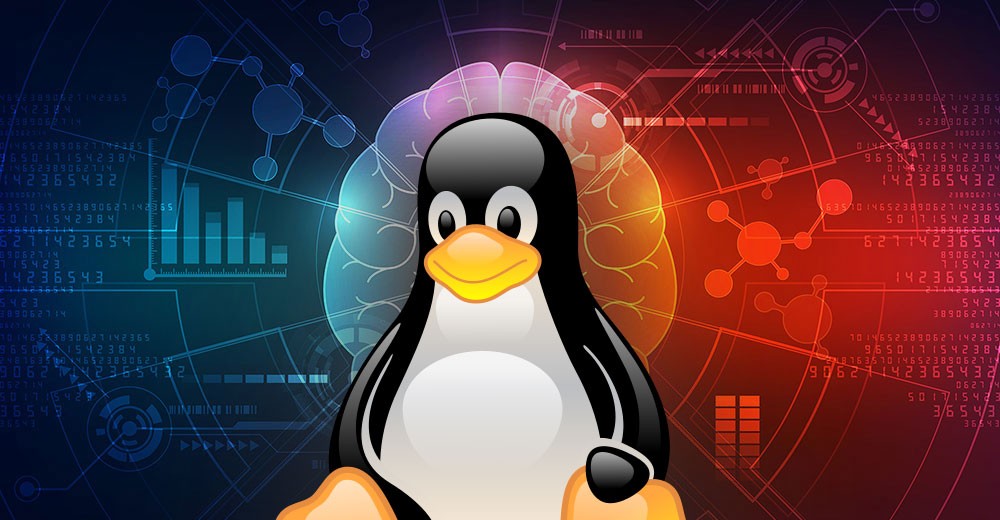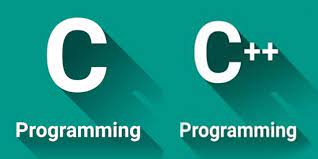Description
Introduction
Linux Internals refers to the underlying architecture and functionalities of the Linux operating system, providing insights into how the kernel interacts with hardware and manages system resources. Understanding these internals is crucial for developers working on system-level applications, performance optimization, or custom kernel modules. Device drivers are essential components that facilitate communication between the operating system and hardware devices, enabling software to control and interact with peripherals such as printers, network cards, and storage devices. Learning Linux internals and device drivers equips developers with the knowledge to enhance system performance, develop efficient applications, and troubleshoot hardware-related issues.
Prerequisites for Linux Internals & Device Drivers
- Basic Linux Knowledge: Familiarity with Linux command-line interface and system administration tasks.
- Understanding of C Programming: Proficiency in C, as Linux kernel development primarily uses this programming language.
- Computer Architecture Fundamentals: Knowledge of how computer systems work, including CPU, memory, and I/O operations.
- Operating System Concepts: Basic understanding of operating system principles such as processes, threads, and scheduling.
- Development Tools: Familiarity with Linux development tools, such as GCC, make, and debugging tools (e.g., GDB).
TABLE OF CONTENT
1. Introduction to Linux Kernel
1.1 Overview of the Linux Operating System Architecture
1.2 Understanding the Role of the Kernel in the OS
2. Linux Kernel Components
2.1 Process Management
2.2 Memory Management
2.3 Filesystem and Storage Management
3. Kernel Building and Configuration
3.1 Compiling and Configuring the Linux Kernel(Ref: LINUX ADMINISTRATION PROGRAM)
3.2 Kernel Modules and Their Role
4. System Calls
4.1 Understanding System Calls and Their Role
4.2 Writing Simple Programs Using System Calls
5. Kernel Debugging and Profiling
5.1 Tools and Techniques for Debugging the Linux Kernel
5.2 Profiling Kernel Code for Performance Analysis
6. Concurrency and Synchronization
6.1 Multitasking and Concurrency in the Kernel
6.2 Synchronization Mechanisms (Locks, Semaphores, etc.)
7. Introduction to Device Drivers
7.1 Role of Device Drivers in the Kernel
7.2 Different Types of Device Drivers
8. Character and Block Drivers
8.1 Writing Character Drivers
8.2 Writing Block Drivers
9. Kernel I/O Mechanisms
9.1 Understanding I/O Mechanisms in the Kernel
9.2 Asynchronous I/O
10. Interrupt Handling
10.1 Handling Hardware Interrupts
10.2 Writing Interrupt Service Routines (ISRs)
11. Memory Mapping and DMA
11.1 Direct Memory Access (DMA) in Device Drivers
11.2 Memory Mapping for Efficient Data Transfer
12. PCI and USB Drivers
12.1 Writing Drivers for PCI Devices
12.2 Writing USB Device Drivers
13. Network Device Drivers
13.1 Basics of Network Device Drivers
13.2 Writing Network Drivers
14. Debugging and Testing Device Drivers
14.1 Techniques for Debugging and Testing Device Drivers
14.2 Tools for Driver Development






